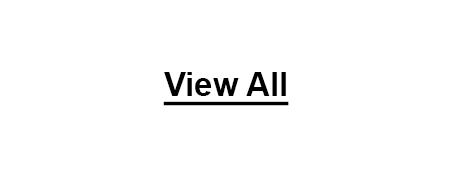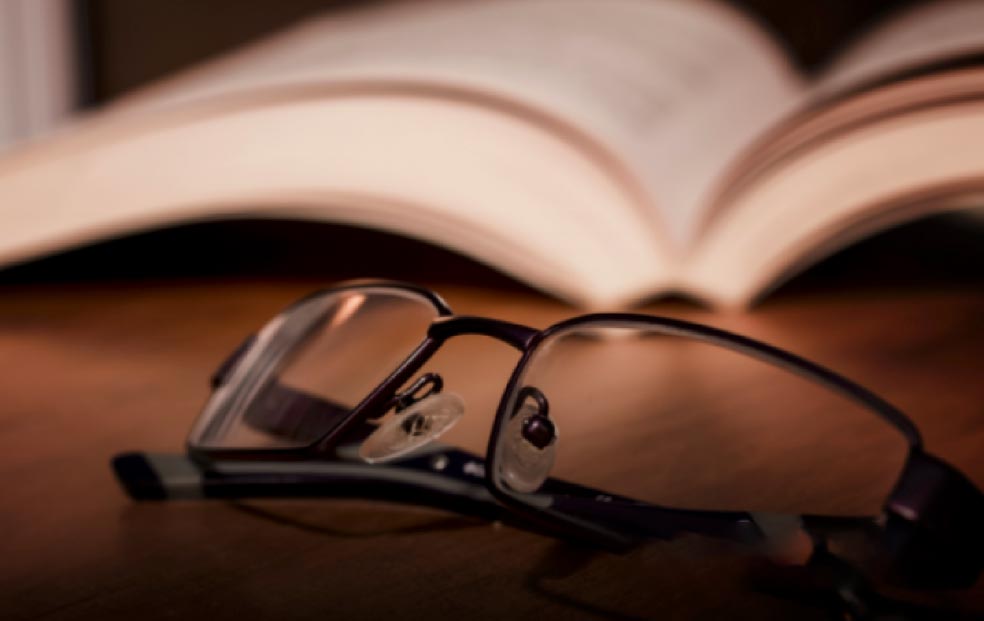Have you ever just wondered how the prescription portion of your glasses works and what all those numbers and calculations actually mean? Reading glasses can help by focusing the light on the retina of the eye to help you see clearer. Usually, people in their 40s who start wearing reading glasses, are referred to as presbyopia, but it is important to have your eyes thoroughly tested by an optometrist or eye doctor, in order to determine your vision strength, before you set off the nearest store to buy a pair of glasses.
Why Do I need an Eye Test and What Is The Snellen Test?
To start with, a normal eye test with an eye doctor or optometrist is usually initiated with something referred to in medical terms as the Snellen test, which contains a chart with alphabetic letters that start from the biggest on top to the smallest letters on the bottom on the chart.
Most people think they see perfectly or feel that they have 20/20 vision until they take the Snellen test and only then realize that they are probably either far-sighted or near-sighted. As we get older, our lenses also become denser, just like jelly gets stiffer the longer it lasts. Eventually, our eye muscles can no longer pull the lenses flatter or rounder and our eye accommodation decreases – this is usually when we need to start wearing reading glasses.
The Snellen test measures your visual acuity against normal visual acuity and the prescription numbers of your glasses indicate the focal strength of the lenses or indicate the refractive error. The unit used for this is known as a steel refraction unit or diopter.
What Do The Numbers Mean?
Lenses with negative diopters (such as -1 and -2) are prescribed for near-sightedness, while lenses with positive diopters (+1 and +2) are prescribed for far-sighted people or someone who has hyperopia.
A nearsighted person with a -1.00 diopter can see objects at a distance of one meter, very clearly, whereas a person with a -2.00 diopter can clearly see objects at a distance of half a meter. The greater the near-sightedness, the greater the lens strength in diopters or to correct the refractive error and the closer the object must be to see it clearly. Each eye’s spectacles will have its diopter because one eye is usually slightly weaker than the other – this is normal.
If there is a second digit on your glasses’ prescription, it indicates the degree of astigmatism (the degree of optic abnormality in the cornea’s curvature). If you do have astigmatism, there may even be a third digit on your prescription, which is referred to as orientation of the sharpest or flattest point of your cornea. If you need bifocal lenses, there may be a fourth digit that indicates how much your lens needs to be enlarged to give you clear vision. Varifocal lenses are again designed to allow the wearer to see both far and near.
Please read here to find out how you can buy affordable or designer prescription glasses online from us.









